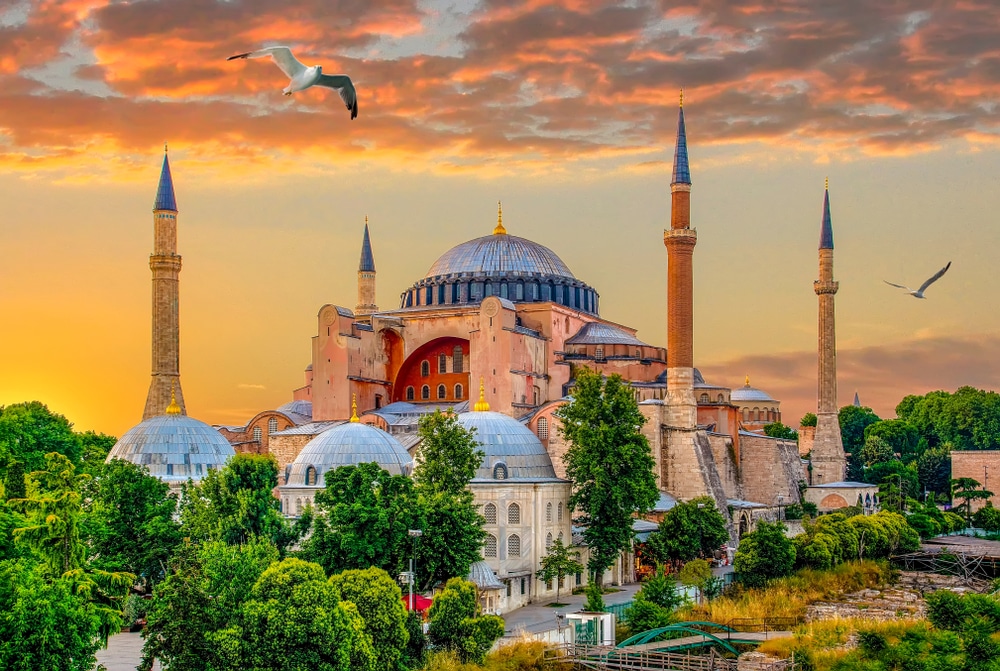The Byzantine Empire, located in modern-day Turkey, was quite an interesting civilization with a unique culture—they called themselves Romans but spoke Greek. And thanks to all their surviving artwork, literature and architecture, we have a pretty clear picture of what life back then must have been like back then. There’s so much to cover but for now, here are five surprising facts about the Byzantine Empire that will blow your mind.
1. They Created Greek Fire
Greek fire sounds like something straight out of Game of Thrones, but it couldn’t have been more real. What made this fire so uniquely dangerous was the fact that it burned over water, making it even more difficult to put out. The birthplace of Greek fire where it played a huge role in battles up until the 15th century when it strangely disappeared from history. It was described as a sticky and mysterious and alchemical kind of napalm that was most likely made with petroleum, sulfur, quicklime and naphtha.
2. Chariot Racing Was Huge
Americans love their football but perhaps not as much as the Byzantine loved chariot racing. It was sort of like the ancient version of NASCAR racing, but powered by horses instead of engines. Fans and competitors alike were drawn to the ring in large numbers but for different reasons—the latter often did it to earn their freedom and for the prize money of up to 15 bags of gold. And like any sport, overly passionate fans often broke into fights, like that one 3,000 fans were wiped out by overzealous enthusiasts of an opposing team.
3. They Created Their Own Silk Industry
Up until the 6th century, anyone in search of silk would have to travel through Persia to China to get some. But the silk industry had its difficulties that often arose when Persia “The Silk Road” during war. Many buyers found this inconsistency to be frustrating, especially Emperor Justinian who resolved to fix this issue once and for all. Under his command, he sent two monks to China to snatch some silkworms, then smuggled them back to the capital in their canes. It may have taken them two long years but that didn’t matter, as the Byzantine silk industry immediately took off, putting a huge dent in China and Persia’s stronghold on the silk industry.
4. Constantinople Fell to a Massive Canno
At the heart of the Byzantine Empire stood its capital, Constantinople, which was surrounded by walls that stood strong for approximately 1,100 years. During that time they were attacked a total of 23 times, but no one managed to break through their defenses. That is until the Ottoman Empire commissioned a 27-foot-long cannon which had to be dragged by 200 men and 60 oxen some 140 miles to Constantinople. The long and tedious journey was well worth it as the ginormous cannon managed to do what no one else did—blast through the previously unconquerable city.
5. The First New England Was There
Nowadays, when someone mentions New England, they’re often referring to the northeastern region in the United States, such as Massachusetts. But it should be mentioned that the first New England came way before the one we’re familiar with, specifically in the year 1075 when a group of English immigrants settled in the Byzantine Empire. Their numbers totalled around 4,000 and they called their new home “Nova Anglia” meaning “New England.” These people moved there shortly after the Norman conquest of 1066, so they were most likely refugees of war.




